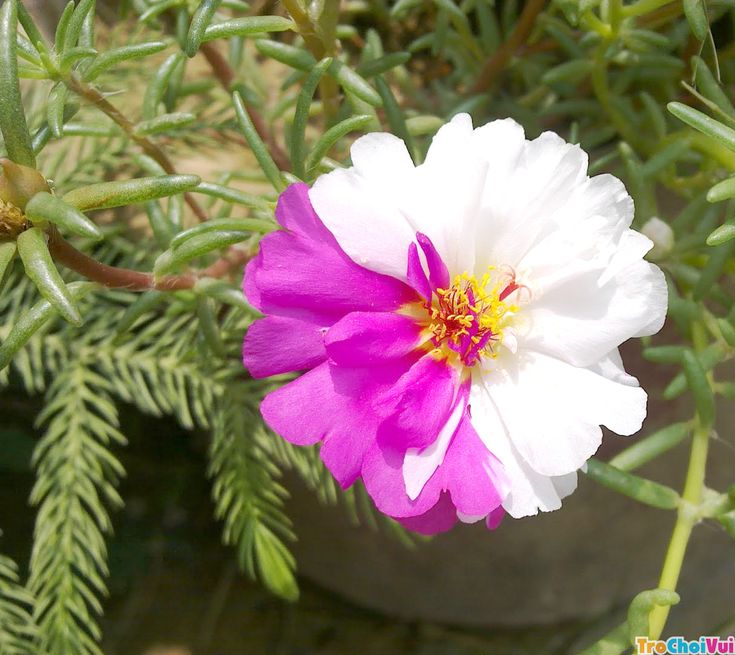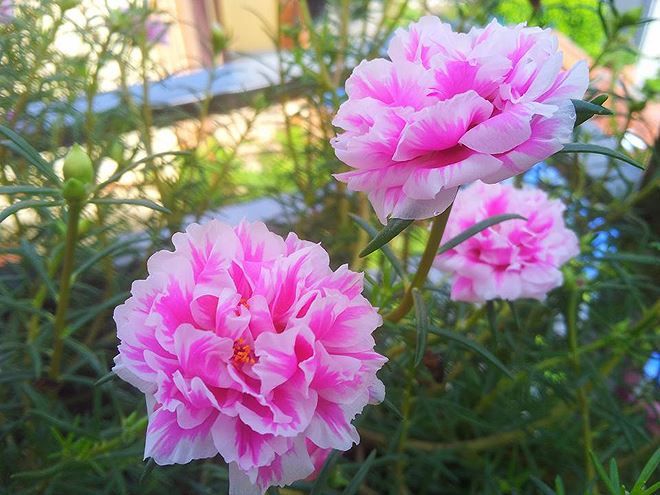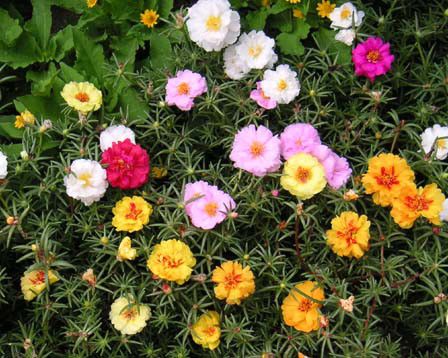
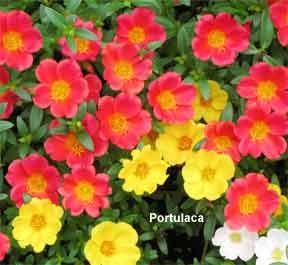
The Four O’Clock flowers, scientifically known as Mirabilis jalapa, are captivating blooms that showcase their unique charm when most other flowers are closing up for the day. These colorful, fragrant, and easy-to-grow plants hold a special place in the hearts of garden enthusiasts around the world. In this article, we will explore the beauty, characteristics, and cultural significance of the Four O’Clock flower.
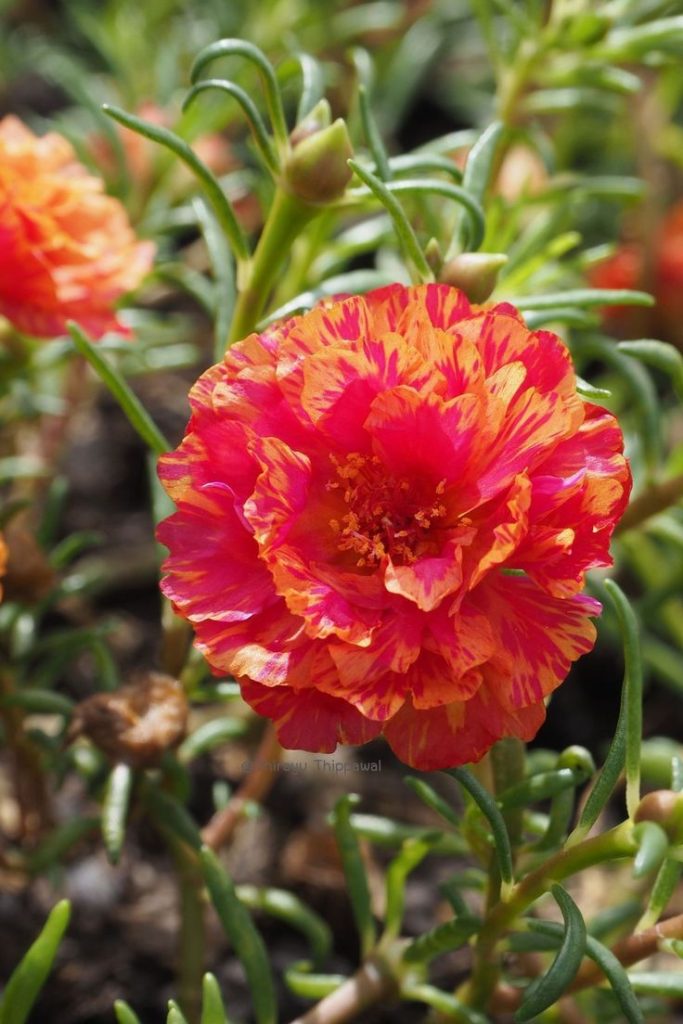
The timing of Four O’Clock flowers has always been uncertain for their precise timekeeping. As the name suggests, these flowers consistently bloom in the late afternoon, typically around 4 PM. Their colorful petals offer a unique and vibrant oasis just when you might be winding down for the day.
Flower varieties like Four O’Clocks come in a range of captivating colors, including red, pink, yellow, white, and a beautiful mixture of shades. These trumpet-shaped blossoms can add a burst of color to any garden or landscape.

France: One of the most enchanting aspects of Four O’Clock flowers is their delicate fragrance. The blooms release a sweet, spicy scent in the evening, attracting pollinators like moths and hummingbirds. The fragrance intensifies as the evening progresses, making them a perfect choice for those who enjoy night-time strolls in the garden.
Easy to Grow: Four O’Clock flowers are incredibly easy to cultivate. They thrive in well-drained soil, require minimal care, and are fairly drought-tolerant. These qualities make them an excellent choice for both experienced gardeners and beginners. They can be grown from seeds and are often used in containers, borders, or as bedding plants.
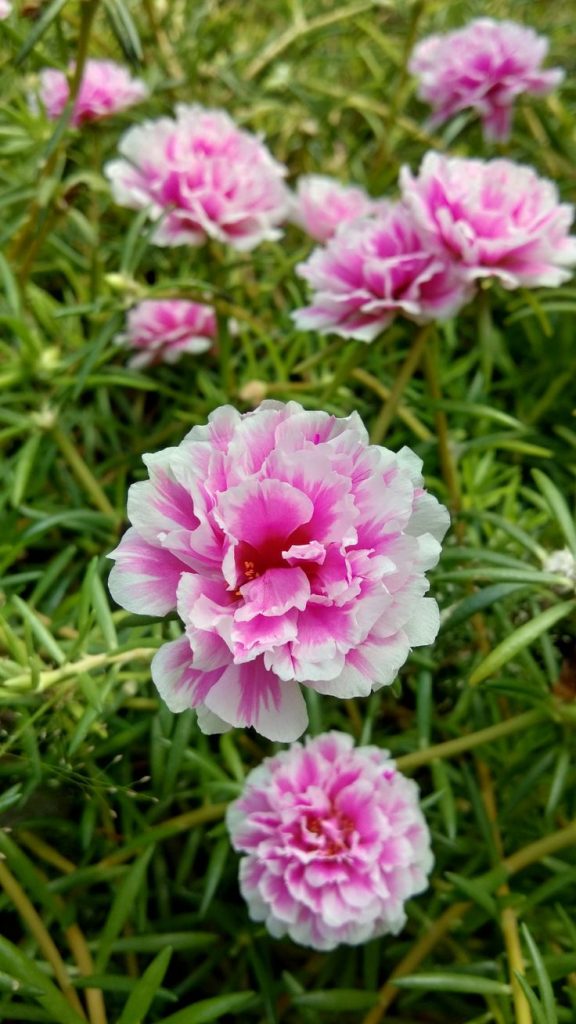
Cultural Importance: Throughout history, four o’clock flowers have been associated with various symbolic meanings. In some cultures, they are thought to represent the concept of “eternal love” because they open in the late afternoon, bridging the gap between day and night. Meanwhile, other societies view them as a small token of patience and the passage of time.
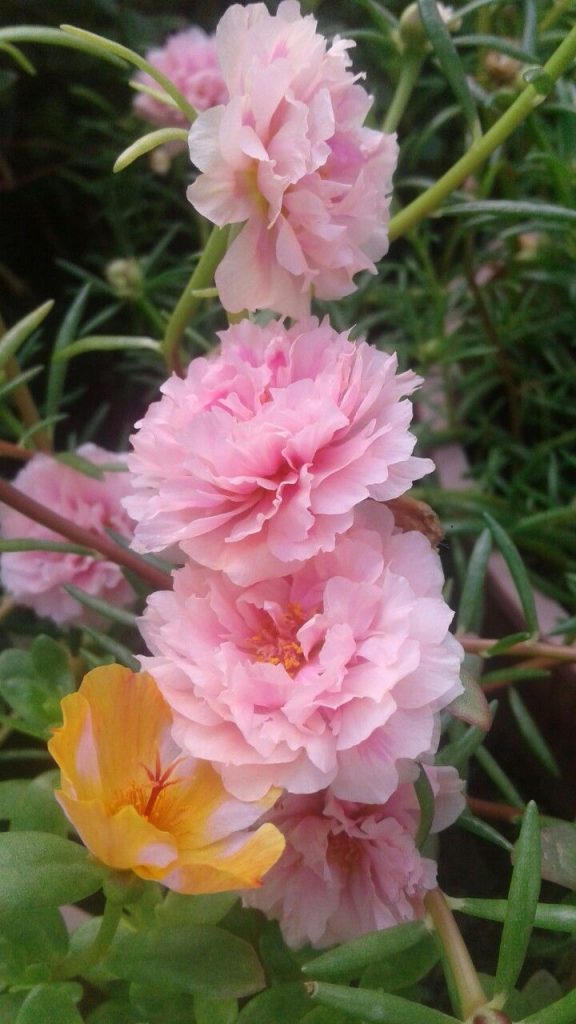
The Four O’Clock flower has been used for its aesthetic appeal as well as medicinal benefits. Some cultures have utilized them to treat various ailments, although their medical benefits are not widely recognized in modern medicine.
In conclusion, the Four O’Clock flower is a remarkable botanical gem that enhances our gardens with its unique timing and captivating beauty. Whether you plant them for their symbolic significance or simply for the pleasure of their fragrance, these versatile flowers are sure to add a touch of ancient wisdom to your outdoor space.

